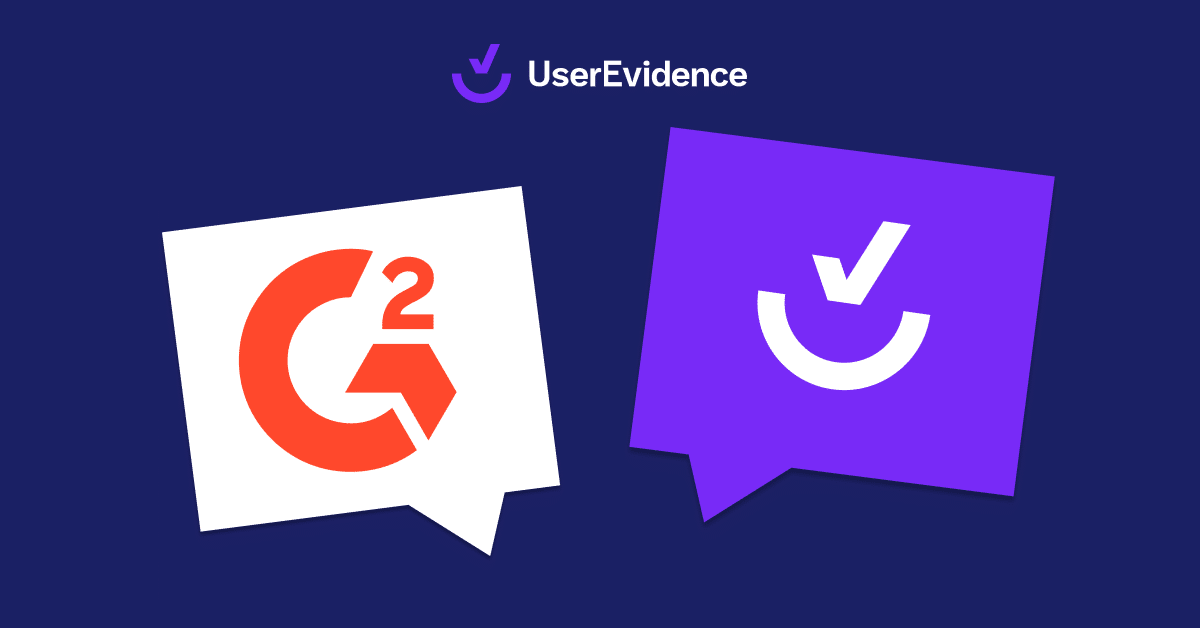Small teams often only hire 1 to 2 marketing generalists for the first few years of their business. With limited time and resources, the marketers filling these roles are hit with immediate challenges. While it can seem tough at times, getting great results is possible. How? By prioritizing customer advocacy.
This approach encourages customers to actively promote and recommend your offers to others through word of mouth. With this in mind and the right tools on hand, even smaller teams can make a significant impact when it comes to growing the business.
In this blog, we’re exploring 4 essential tips that will empower smaller marketing teams to enhance their customer advocacy approaches. By leveraging the power of these strategies, you can overcome the limitations and unlock the potential to drive remarkable customer advocacy results.
So, let’s dive in and discover how to maximize impact, regardless of your team size. ⬇️
1. Repurposing your best customer-generated content
Repurposing your best customer-generated content is a powerful strategy that smaller teams can leverage when there is little help to go around.
Customer advocacy strategies thrive on compelling content, but creating it can be a time-consuming process—especially when it’s a small operation. When you’re short on resources and time, maximizing what you do have available is essential. Rather than consistently creating new material from scratch, repurposing allows you to breathe new life into previously successful marketing content.
By repackaging and redistributing your best customer-generated content, you not only save time and effort but also open the door to reaching new audiences. Plus, you are reinforcing your key messaging along the way. It’s a cost-effective way to amplify your customer advocacy efforts and generate meaningful results by making the best of the resources you have on hand.
But what if you have content that doesn’t include your customer’s insights?
Take your top-performing pieces and transform them into more compelling formats by adding the voice of your customer. For example, you can take a blog post that lacks your customer’s voice, pop in some customer evidence, and immediately bolster your messaging within the content piece. You could then convert the blog into an eye-catching ungated infographic. Or add a few more details and turn them into long-form gated white papers to help grow your email list.
Gathering your customer insights for repurposing is fast and easy with UserEvidence. Hop over to your business’s Research Library, search for the best collateral to use, and hit download. Now you have the firepower needed to reuse your best customer-driven content in a unique and compelling way.
2. Automating customer advocacy efforts
Automating advocacy efforts is a game-changer for smaller teams striving to make a significant impact on their overall customer advocacy strategy.
With limited help, streamlining your manual tasks can exponentially improve your efficiency. By leveraging platforms designed for this, teams can simplify various aspects of their advocacy efforts. For example, with UserEvidence you can automatically generate hundreds of verified customer success stories and proof points in minutes.
By using automated collection points for customer feedback, your team can perform tasks in seconds—rather than the hours or days it would normally take. Now that you have your customer evidence automated, you can then look to distribute across other possible automated channels, such as auto-responder email campaigns.
Segmenting and weaving customer-targeted content within your sequence will allow you to speak directly to your specific audience. When used correctly, it even has the power to turn cold leads into paying customers.
By automating repetitive manual tasks, smaller teams can focus their energy on building relationships, fostering engagement, and delivering exceptional customer experiences. The result is a more efficient and scalable customer advocacy program that can yield impressive results, even with a limited workforce.
3. Teaming up with other teams and departments
Teaming up with others is a strategic approach that can empower smaller teams with better efficiency within the business. Collaboration across different departments, like…
- Sales teams
- Product teams
- Customer experience teams
…can unlock valuable synergies and amplify the reach of your marketing efforts. Depending on where the business is, you may not have this avenue available. But if you do, this sort of teamwork is worth consideration.
By partnering with the sales team, you can work to gather feedback and identify customers who look promising to become future advocates. In return, the sales team can leverage the content created with customer advocacy in mind, to help them close more deals. ✅
The product team can provide insights into specific customer pain points and other areas of feedback. This will help you tailor your advocacy messages and initiatives to choose specific proof points that solve the issues mentioned about the product.
Collaborating with the customer experience team can lead to multiple advocacy touchpoints. For example, during calls, they can reinforce the messaging the marketing team is using. They might even prompt them to leave feedback once their issues are resolved. Plus satisfied customers that begin the advocacy cycle reflect well on the customer experience team’s efforts. It’s a win-win!
By teaming up and joining forces, smaller teams can leverage the expertise and resources of different departments. This enhances the overall effectiveness and impact of their customer advocacy endeavors. Together, they can create a unified and cohesive approach that drives customer engagement, loyalty, and advocacy.
4. Investing in the right tools
Investing in the right tools is a strategic decision that can significantly empower smaller teams to reach customer advocacy goals.
While resources may be limited, choosing the best tools for the job can enhance efficiency, streamline processes, and maximize results.
Having a customer relationship management (CRM) system to track customer interactions is a staple. Otherwise, you can’t track progress and harvest the valuable data of your campaigns. Investing in other specific tools for social media scheduling, email marketing, and content creation can also save time and effort. ⏰
But the cornerstone of your advocacy strategy lies in the process of collecting, reviewing, and distributing your customer’s best proof points. Without the right tools, collecting and compiling customer evidence is quite tedious. With UserEvidence, you have all the customer evidence firepower you need to enhance your messaging. With the customer advocates feature on the platform, you can ⬇️
- Find your advocates hassle-free
- Grow your pool of candidates
- Gather reviews while gathering champions
- Spot your secret admirers
- Meet the loyalists giving you repeat support
What this means is you’ll have a seamless way of finding your advocates and growing your business’s reputation—without the pain of attempting to do it manually. By investing in the right tools, smaller teams can optimize resources, streamline workflows, and ultimately achieve a more impactful customer advocacy program.
➡ ️Learn more about UserEvidence’s product enhancement, Customer Advocates.
Final thoughts
Smaller marketing teams can overcome challenges and make a significant impact on customer advocacy by prioritizing the best strategies and using the right tools. Despite limited time and resources, your team can leverage these essential approaches to navigate customer advocacy successfully.
Deploying a platform like UserEvidence can be an important resource to rely on to help you along the way. Are you ready to maximize your small team efforts for big-time results? Take a demo of UserEvidence today to get started.




